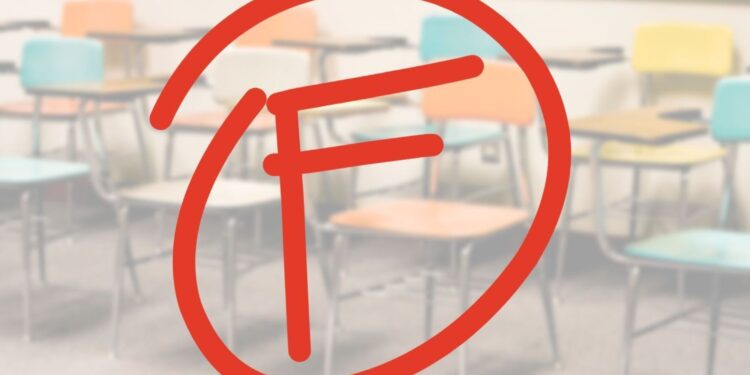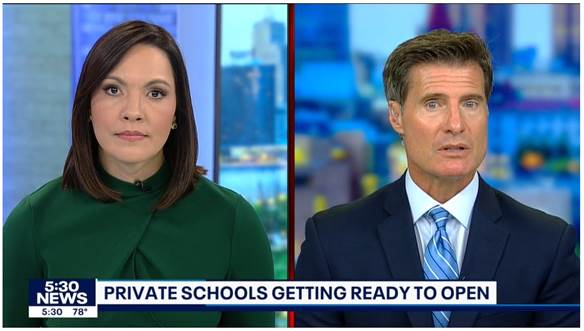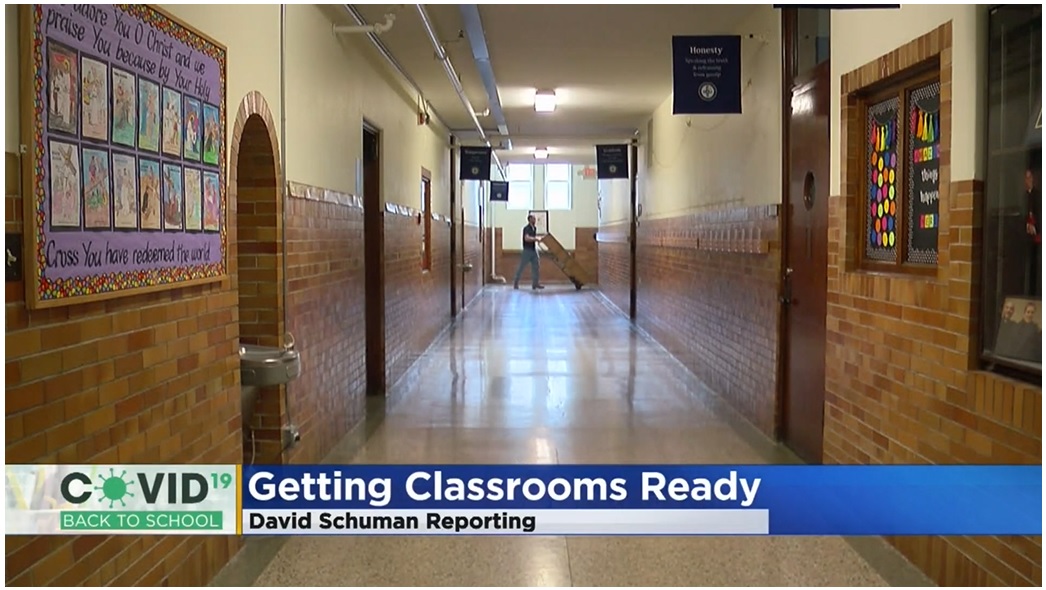For many families, K-12 open enrollment policies allow students to attend public schools outside of the districts or zones in which they reside, offering more flexibility, opportunity, and choice in their children’s education. By decoupling school access from a residential address, these policies can help level the playing field — at least in theory.
Unfortunately, Minnesota’s public school open enrollment laws are weak, according to a new analysis by the Reason Foundation, and miss the mark on best practices that prioritize student need over boundary lines.
“Public Schools Without Boundaries 2025” grades each state’s open enrollment laws based on seven policy areas, including cross-district open enrollment, within-district open enrollment, and transparency. Only 16 states had strong open enrollment laws in 2024, with Idaho, Oklahoma, Arkansas, Arizona, West Virginia, and Utah scoring the highest. Four states — Arkansas, Nevada, New Hampshire, and South Carolina — greatly improved their open enrollment laws during their 2025 legislative sessions, according to the report’s author Jude Schwalbach, a senior policy analyst at the Reason Foundation.
Minnesota scores an “F” overall
Open enrollment policies are not just administrative guidelines — they determine how accessible public education truly is. As more Minnesota families look beyond their assigned schools (12 percent open enrolled during the 2023-24 school year), strong open enrollment policies will ensure that access to a public school of choice isn’t determined by income, geography, or a parent’s ability to navigate complex systems.
Below are some of the components of robust open enrollment laws where Minnesota can improve.
Inter-district open enrollment
In 1988, Minnesota created the nation’s first K-12 inter-district open enrollment policy, another reminder that the state once led the country in innovative school choice reform but today has fallen behind as other states adopt more flexible and accessible education models. Inter-district open enrollment policies (also called cross-district) allow families to enroll their children in a school located outside of their geographically assigned resident district. It is how families access public schools in more affluent neighborhoods even if their zip code doesn’t place them within those districts, helping to break the link between a family’s address and their child’s educational opportunities.
State statute requires school districts in Minnesota to participate in mandatory inter-district open enrollment; however, the school district can limit the enrollment of nonresident students in its schools to “a number not less than the lesser of: one percent of the total enrollment at each grade level in the district; or the number of district residents at that grade level enrolled in a nonresident district.”
Since school districts can limit the number of transfer students even if they have open seats, this policy falls short of what is considered best practices in the Reason Foundation’s report, and the state gets dinged some points because of it. Additionally, the state loses points because school districts are not required to post their open enrollment policies or procedures online, leaving families without the clear, accessible information they need to navigate the process and make informed decisions for their children.
Intra-district open enrollment
Intra-district open enrollment policies (also called within-district) allow families to enroll their children in any school located within their assigned resident district.
Minnesota does not have a statewide intra-district open enrollment option, and districts don’t have to post their available capacity on their websites. Without mandatory participation, students can be excluded from nearby public schools in their district that have available capacity and are a better fit.
In Minnesota, local policies adopted by the school boards determine if and when intra-district options are available, according to the Minnesota Department of Education website.
School district reporting
Minnesota school districts are not required to post their open enrollment policies or procedures online. This undermines district-level transparency and makes it tricky for families to easily access data on available seats, application deadlines, and application procedures. When policies are opaque, they can limit mobility for the very students who stand to benefit most.
Appealing rejected applications
Minnesota does not require districts to explain in writing why transfer applicants were rejected. “Moreover, rejected applicants cannot appeal their denials to a non-district entity,” writes Schwalbach.
What to do about it
Schwalbach proposes three main ways policymakers can improve open enrollment in Minnesota:
● Remove all participation caps from cross-district open enrollment.
● Require all districts to participate in within-district open enrollment.
● Require districts to post their available capacity by grade level and all open
enrollment policies and procedures on their websites.
These are easy policy changes that would help break down longstanding barriers in public education and improve access to public schools.
Grading Public School Open Enrollment Laws
Red: “F” grade
Orange: “D” grade
Yellow: “C” grade
Light green: “B” grade
Green: “A” grade












![[downloaded during free trial]](https://oakmn.org/wp-content/uploads/2025/11/iStock-1430368205-120x86.jpg)

